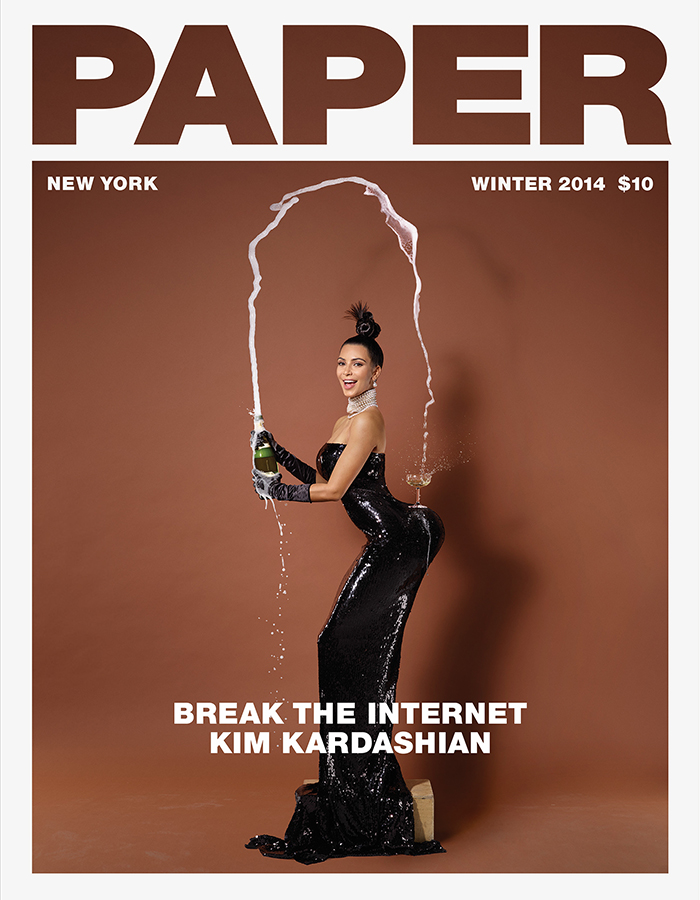Drawing a Blank
In Volume II, Chapter 17, pg. 98, Sterne includes an entire sermon – word for word.
The sermon seems to be asserting a certain stance on morals that a human being should practice. However, the sermon is placed at an odd part of the novel. In fact, it seems to be quite contradicting. The positioning of the sermon demonstrates that man do not act like they should, and even certain testing life events do not steer them in the right way. The sermon turns out to be a complete failure: Trim weeps for his brother, Walter theorizes about authorship, Uncle Toby sorts out the military metaphors, Dr.Slop sleeps. Clearly, no one feels a stir in their conscience upon hearing the sermon. In fact, the sermon actually creates an opposite effect – it symbolizes the lack of conscience. It takes a while for the characters to actually get through reading the sermon, for everyone keeps interrupting. Everyone seems to be more concerned with technical matters of the sermon, rather than the content itself, or rather the message behind the content.
Maybe that’s the point though? Not to discover some secret meaning, but to elicit a response. Reading Tristram Shandy, and especially watching it, the main “thing” that I understood is that there is no moral to the story. Sterne seems to be writing about the nature of art, and the idea is that art is able to make us feel something. For example, in the film, the directors, producers, actors, etc. are not in the slightest bit concerned with the content of the novel – the only thing they care about is what will do best with the audience. At the end of the film, the response itself doesn’t even matter, what matters is that the creators were able to generate one.
As for my picture, like Sterne, I am just going to leave the following:
I am sure everyone is able to associate this color with something or even argue what it could possibly symbolize. It’s hard for our brains to see something and not associate it with anything else. I think Tristam Shandy perhaps plays with that idea, maybe at times wondering if the response is something an author can control.

